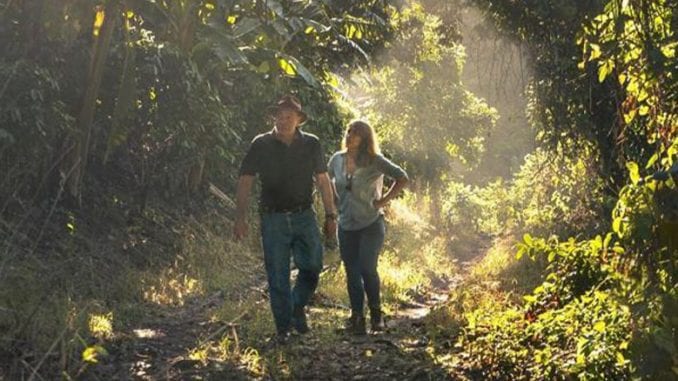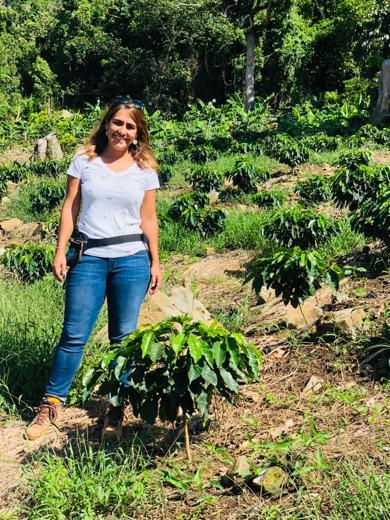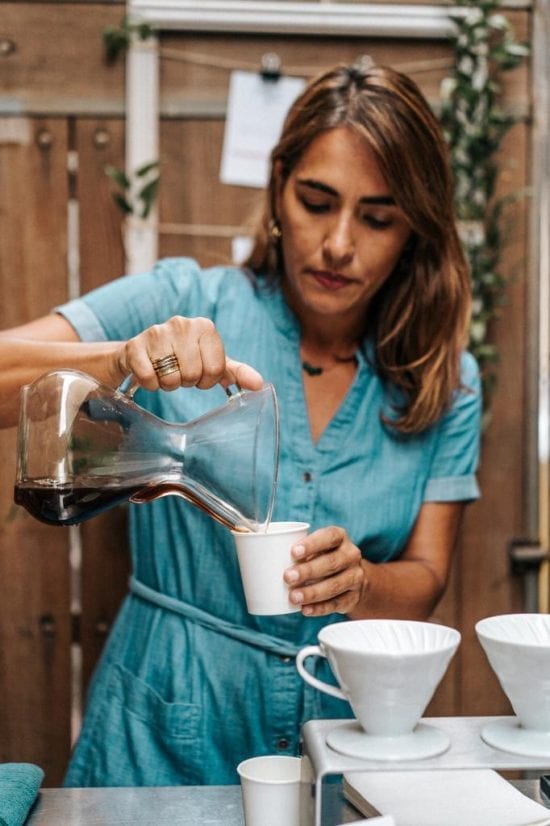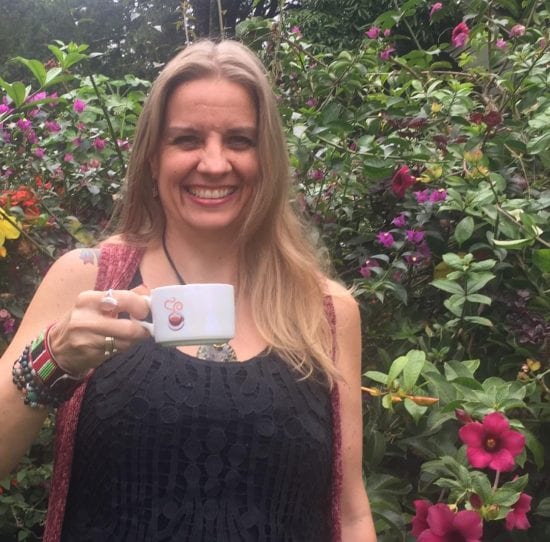
We talk to Rebecca Atienza of Barista & Farmer and Hacienda San Pedro about Puerto Rico’s ‘Cup of Hope’ and the challenges overcome by her family farm.
BY ERIKA KOSS
SPECIAL TO BARISTA MAGAZINE ONLINE
The island of Puerto Rico once produced the “coffee of popes and kings,” long before it became a semi-autonomous territory of the United States in 1898. Coffee first arrived to “The Enchanted Island” around 1736, eventually becoming the highest-produced crop, next to sugar and tobacco.

One of the esteemed coffee haciendas belongs to the Atienza family, who owns Hacienda San Pedro in Jayuya, in the middle of the island. As the fourth generation involved in her family’s coffee farm, Rebecca Atienza has paved her own way forward as the creator and manager of five cafés in San Juan, all which sell this coffee from Hacienda San Pedro. With Francesco Sanapo, she cofounded an international program called Barista & Farmer, an international program for baristas to visit producing countries. She has also been a sensory judge in various barista global competitions. Despite the farm experiencing two hurricanes—Georges in 1998 and Maria in 2016—continued outbreaks of la broca, and other challenges, she and her family’s resilience endures, as they continue to offer “the Cup of Hope.”
The interview below is a composite after four years of friendship, and by phone in December 2019.
Erika Koss: It’s a particular honor for me to interview you for Barista Magazine Online, because it was thanks to the Barista Magazine cover feature of you in 2015 that I first read about you, which led to our first meeting in January 2016 at your inaugural café in San Juan that opened in 2008. Since that time, what are some of the highlights of your work in coffee from the last four years?
Rebecca Atienza: Since then, many things have changed. I opened two more shops, so now I own five cafés in Puerto Rico. The biggest challenge is to keep quality as the priority, alongside innovation. My first shop turned 11 years old in July 2019, and now in San Juan there are plenty of places to go for coffee. To keep the business alive, our strategy is to offer quality, consistency, and good service.

But what has not changed is that your family offers its coffee, literally from seed to cup, right?
Exactly. We only offer 100% Puerto Rican coffee that is grown, cultivated, harvested, and processed in our farm at the mountains. We put a lot of passion, commitment, and love in each cup that we prepare in the café, and also at the farm there is a lot of work. In all these years, my responsibility has been to spread the message about coffee quality and the seed-to-cup process.
Despite all your family’s efforts of four generations, you have all shown such enduring resilience. I still have the texts between you and me during Hurricane Maria, which struck your island on September 20, 2017. That kind of fear of Mother Nature’s fury is distinctively terrifying. Can you share where you were that night, and how you felt after?
Hurricane Maria was the worst nightmare someone can have. In one day, we saw all our efforts and hard work of decades destroyed. After that awful night, I looked through the window and tears started coming from my eyes, because outside was only destruction. The next two days, we tried to walk through the farm and found most of the coffee crop on the ground. In that moment, I felt it was the end. I said to myself, “What am I going to do now, since this is my way to provide for my family?” I couldn’t feel anything else but frustration, uncertainty, sadness. Yet at the same time, I have an incredible family and many friends that offered help. Slowly, slowly things started to get better, but recovery took a very long time.
That is the story of where you were on the farm. What was going on in the city, where your cafés are located? Were they also destroyed?
The story at the shop was another thing than what happened on the farm. The cafés were OK. After the disaster, we were the only place open, so we were able to offer a cup of coffee to desperate people. We called it “the Cup of Hope.” This was the best thing to offer.
We will continue our conversation with Rebecca tomorrow.

ABOUT THE AUTHOR
Erika Koss’ coffee career began in 1995 as a barista in San Diego. Now living in Nairobi, Kenya, she is a Research Associate at the University of Nairobi, a Ph.D. candidate in International Development Studies at Saint Mary’s University in Halifax, Nova Scotia, and an Authorized SCA Trainer. Follow her on Instagram @aworldinyourcup.

